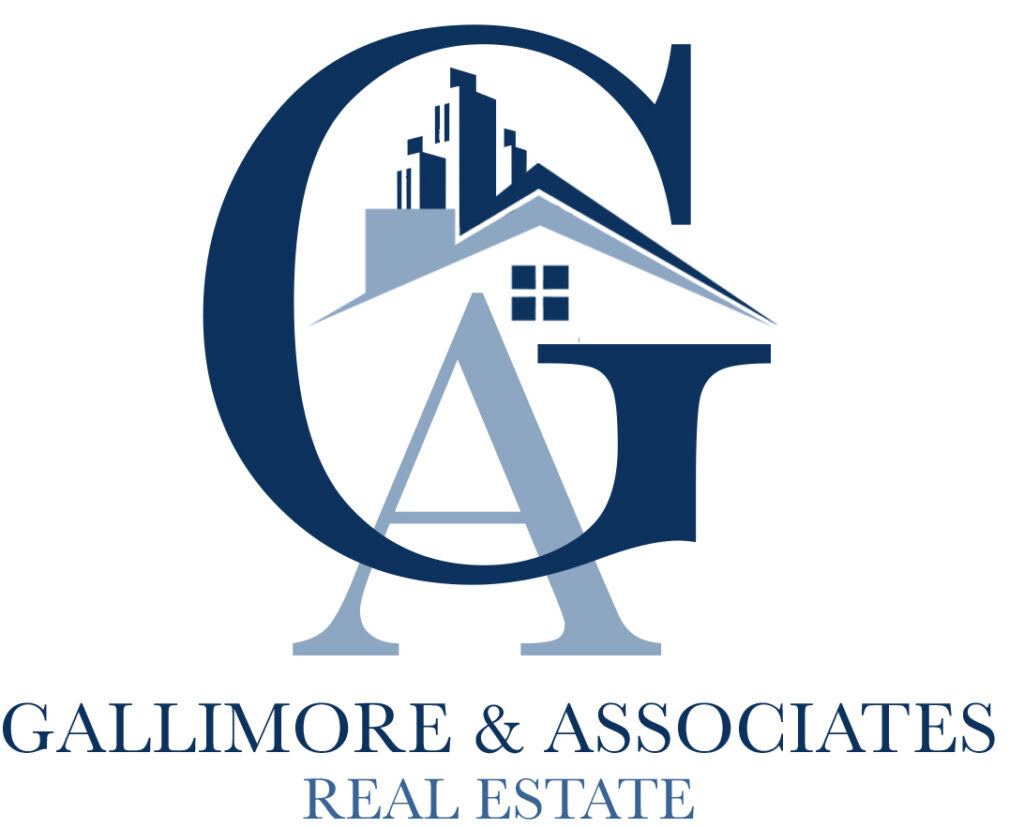Quarterly Newsletters
Market Insight | Raleigh-Durham Commercial Real Estate
Q1 2025 Triangle Commercial Market Overview
January 1 – March 31, 2025
Market Summary
The first quarter of 2025 highlighted a mixed but stabilizing commercial real estate landscape in the Triangle, with sector-specific performance shaping investor and tenant strategies.
🏗 Industrial
The industrial market remained active but is adjusting to an influx of new supply. Vacancy rates in both Raleigh (7.0%) and Durham (7.3%) rose above their 10-year averages due to robust construction pipelines. Despite this, demand remained positive, with strong net absorption supported by logistics, e-commerce, and advanced manufacturing users. Rent growth moderated but stayed above national averages at 3.7%, and private equity interest remained steady. Notable projects include FUJIFILM Diosynth’s major facility in Holly Springs and Wolfspeed’s silicon carbide plant in Chatham County. As construction levels taper in 2026, the market is expected to rebalance and regain pricing power.
🏢 Office
Office performance continues to reflect shifting workplace dynamics. Vacancies remained high—11.5% in Raleigh and 10.4% in Durham—but Class A buildings in mixed-use districts like North Hills and RTP saw growing interest. Rent growth slowed, and concessions increased, but leasing tours rose. New construction has nearly paused, particularly in Durham, easing supply-side pressure as the market searches for stability in a hybrid-driven environment.
🏬 Retail
Retail continues to be the Triangle’s most resilient and competitive sector. Availability rates are extremely tight—just 2.7% in Raleigh and 3.9% in Durham—driven by limited new construction and strong tenant demand. Rent growth remains robust: 5.9% in Raleigh and 3.2% in Durham, both above national benchmarks. Activity is strongest in suburban and medical-anchored strip centers. New construction is limited, with most projects already preleased, which will likely preserve pricing strength throughout the year.
🏘 Multifamily
Multifamily demand remains strong, but high new deliveries have kept vacancies elevated—12.3% in Raleigh and 11.5% in Durham. Rent growth turned negative (–0.9% in Raleigh, –0.6% in Durham), especially in high-end developments, while lower-tier units held stronger performance. Developers are now focusing on smaller, suburban projects. With nearly 14,000 units still under construction across both markets, pressure will likely persist through 2025 before improving in 2026.
Full Report Highlights
- Industrial: 3.7% rent growth in Raleigh/Durham, strong construction pipelines
- Office: Stabilizing vacancies; 1.1%–1.4% YoY rent growth; premium spaces seeing more traction
- Retail: 2.7%–3.9% availability, 5.9% rent growth in Raleigh, low new development
- Multifamily: Over 11% vacancy, rents declined slightly, but absorption strong
Insider Insights
“The first quarter of 2025 confirmed what we’ve long believed—resilience is built into the Triangle’s commercial market. While national trends show hesitation, our region continues to attract high-quality investment, driven by population growth, innovation, and long-term fundamentals. It’s a time for smart positioning, not sitting still.”
Q2 2025 Triangle Commercial Market Overview
April 1, 2025 to June 30, 2025
Market Summary
The Triangle’s commercial real estate market continued to show signs of divergence across property types in Q2, with resilient population growth and corporate investment supporting retail and industrial, while office and multifamily sectors navigated high vacancies and tempered rent growth.
🏗 Industrial
The industrial market remains steady, though rent growth has cooled. Vacancies held around 7.0% in Raleigh and 7.3% in Durham, as supply caught up with demand. New deliveries have slowed, and absorption has remained positive, led by logistics and advanced manufacturing. Notable projects like Wolfspeed’s $5B facility in Chatham County and FUJIFILM’s expansion in Holly Springs reflect the Triangle’s appeal to high-tech users. With fewer starts ahead, fundamentals are expected to tighten again in 2026.
🏢 Office
Office vacancies edged higher—12.1% in Raleigh and 10.4% in Durham—as hybrid work continues to reshape space needs. Class A buildings in mixed-use nodes like North Hills and RTP are seeing selective interest, while older assets face more pressure. Annual rent growth was modest (1.3%), and effective rents declined due to concessions. Developers have pulled back, with under-construction totals dropping significantly, helping prevent further oversupply.
🏬 Retail
Retail remains the Triangle’s top performer. Availability rates are among the lowest nationally—2.6% in Raleigh and 2.7% in Durham. Tight supply and growing suburban demand have pushed rent growth to 7.7% in Raleigh and 2.3% in Durham. Construction activity is minimal, and over 80% of current projects are preleased. Medical, food & beverage, and service-oriented tenants remain especially active in securing space.
🏘 Multifamily
Multifamily demand remains historically high, but record deliveries continue to weigh on vacancies—12.2% in Raleigh and 12.1% in Durham. Absorption reached 8,100 units in Raleigh and 2,900 in Durham, nearly double their long-term averages. Still, rents declined –1.4% in Raleigh and –1.7% in Durham. Developers are shifting focus to smaller, suburban projects as construction pipelines slow. Recovery in rent growth is expected in 2026 as deliveries taper.
Full Report Highlights
- Industrial: Vacancy steady at 7.0% (Raleigh), 7.3% (Durham); rent growth slowed to 3.7%; major high-tech users expanding
- Office: Vacancies at 12.1% (Raleigh), 10.4% (Durham); leasing tours up; rent growth at 1.3% with rising concessions
- Retail: 2.6%–2.7% availability; 7.7% rent growth in Raleigh; low construction keeps fundamentals tight
- Multifamily: 12%+ vacancy; record absorption; rent growth negative; pipeline easing after record deliveries
Insider Insights
“Across the Triangle, we’re seeing a clear shift: tenants are prioritizing flexibility and value over size and prestige. Whether it’s smaller office footprints, suburban multifamily builds, or retail operators expanding cautiously into secondary corridors, the market is adjusting in real time. The next 12 months will be less about expansion—and more about smart positioning.”
